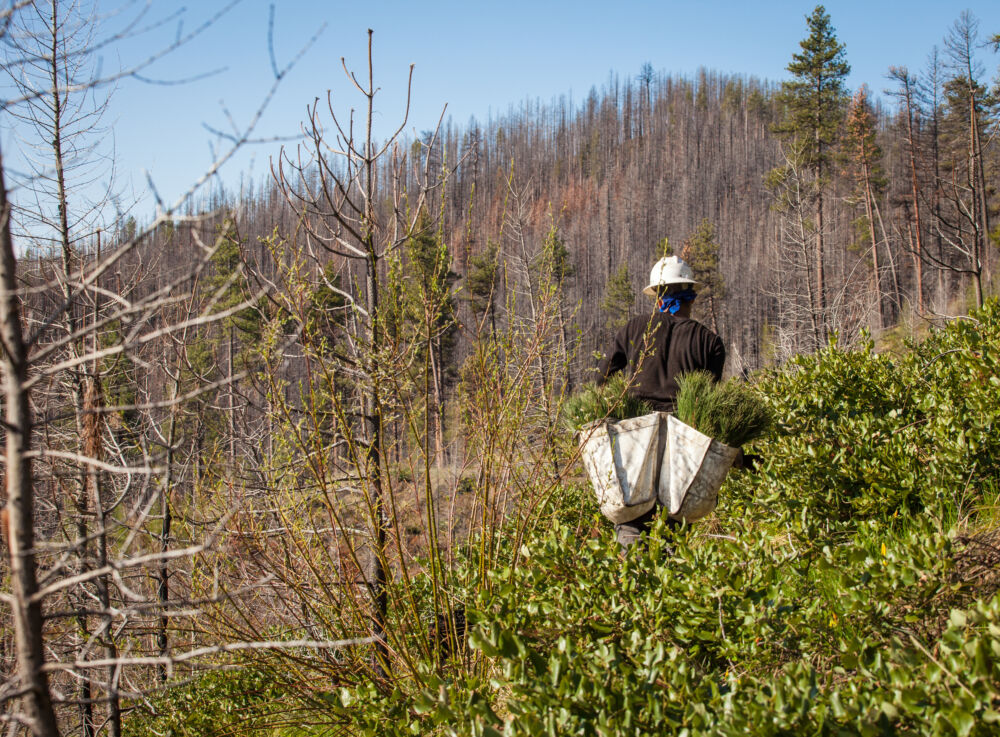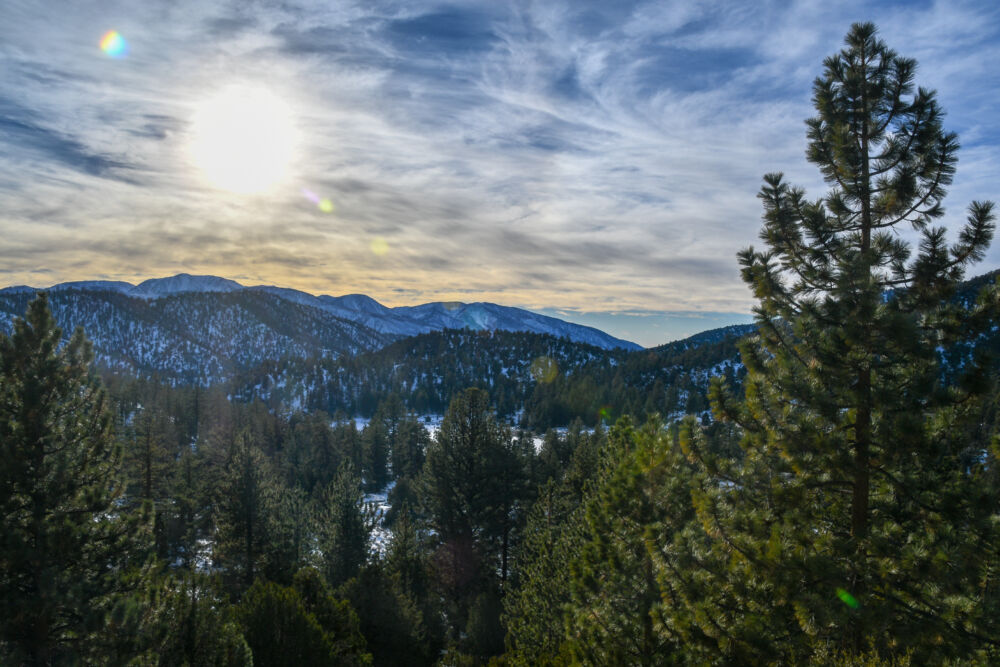All year, we share amazing stories about recreating on and restoring National Forests and Grasslands. Stay in the loop and sign up for Tree-Mail today!
Photo by Aaron Olsen
National Forests are the most efficient natural system for pulling carbon dioxide (CO2) out of the atmosphere. This means that healthy forests are a powerful, natural helper in mitigating and adapting to climate change.
Through our Reforestation Program the NFF offers you a proven, immediate and effective solution to fight climate change. For every $2 you donate to the NFF, we will plant 2 trees, and you can help remove approximately 1 Metric ton (Mt) of CO2e from the atmosphere over the life of those trees.
By donating, you are joining our efforts and becoming a part of one of the largest national efforts to address climate change.
We work with forestry experts from the U.S. Forest Service to plant the right trees in the right places, determining where trees need to be planted to keep a healthy, diverse distribution of trees. By planting trees on National Forests, we are lessening the effects of climate change and helping our forests adapt.

Photo by Dave Gardner Creative
National Forests are part of an incredible carbon storage system. Trees absorb CO2 from the atmosphere and store it as carbon in trunks, roots, branches, leaves and even the soil.
National Forests make up about one-fifth (19%) of the total U.S. forestland and contain approximately one-fourth (26%) of the total carbon stored in U.S. forest ecosystems.
There are millions of acres of National Forests in need of reforestation. By planting trees, we are restoring vital forest ecosystems - ecosystems that offer a range of benefits for all of us. As these trees grow, they will sequester CO2 and help mitigate the effects of global climate change.
A single tree can sequester approximately a half a metric ton of CO2 over its 100 year lifetime.

Photo by Gerard Herbert
What’s your carbon footprint?
Photo by Unsplash
All estimates of carbon are in Metric tons of Carbon Dioxide equivalent (MtCO2e).